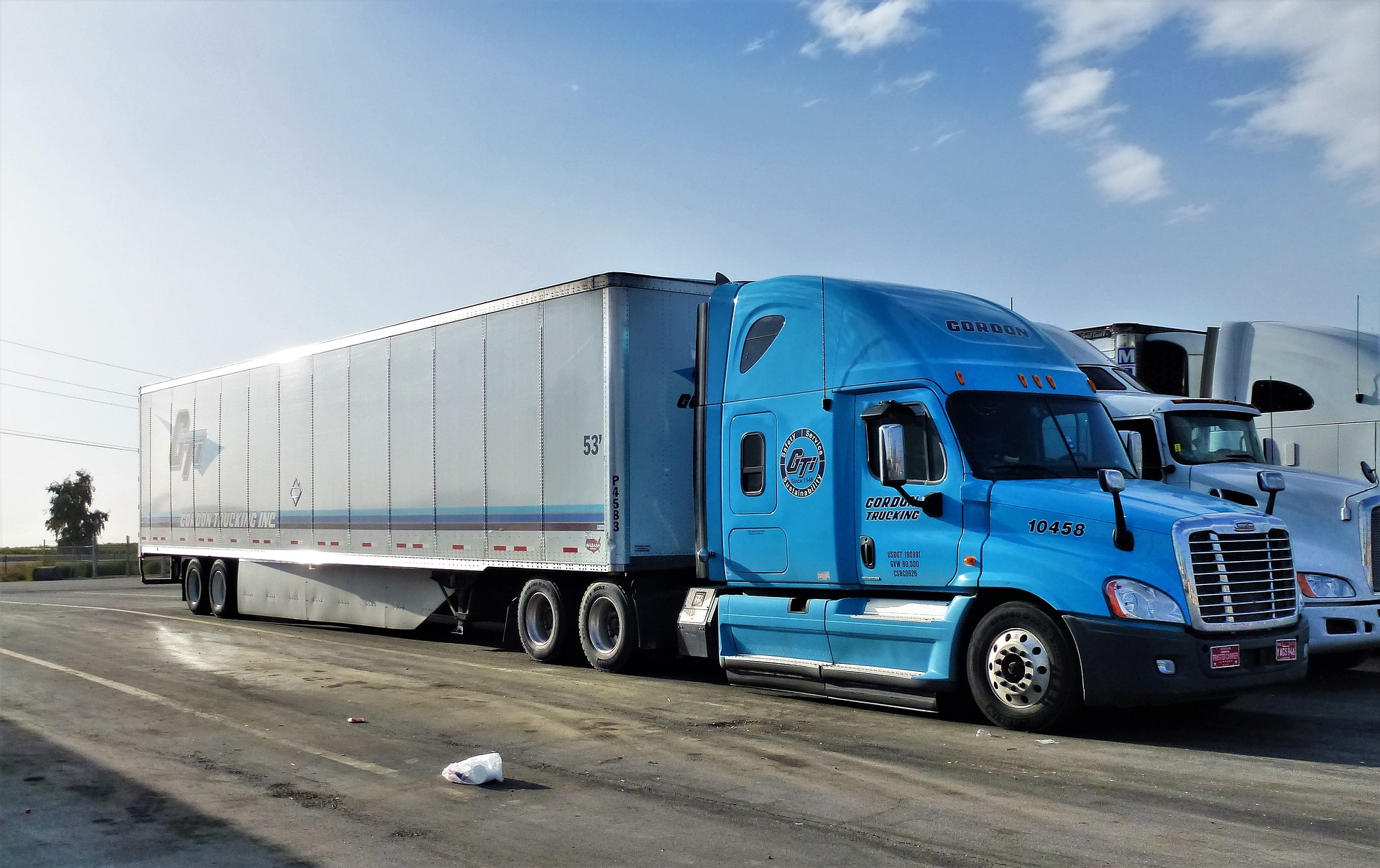How to repair a truck engine. So today’s main topic is going to be repairing a truck. We are mainly going to focus on the engine because one of the things that you guys always messing up. Engine is some thing that easy to fix but also hard to process that why i chose this topic. There are few different ways that you can do this but some ways can be hard to process so i will explain the easiest way that you can do this situation.Thoroughly clean the engine before starting, if possible.
The accumulated dirt, soot, grease and sludge will make removing bolts and disconnecting components a messy job. Position the vehicle next to the winch. You will need to be able to work on a flat, well-lit surface with enough room to position the lift and maneuver. If you have a big enough garage, great. It’s a good idea to take close-up photos of as many engine components as possible from different angles. Once you get down to business, they can be invaluable. You can even print them out and label them for reference.
How to repair a truck engine – organize your workspace before you start
Having drawers for bolts, clamps and fasteners for sorting them, a workbench or table for laying out tools, and a bucket for soaking and cleaning parts will make it easier to work with these items.
Remove the cover
Mark the hinge bolts so you can find them later. Carefully loosen them, ask for help with insertion, and put them away while you’re done. Please note that some hoods have electrical connectors for under hood lighting or for headlights, signal lights and fog lights installed there. They should also be disabled.
How to Repair a Truck Engine – Start Disconnecting External Engine Components
Before doing anything else, it’s important to disconnect the battery ground cable and then start draining the coolant and radiator hoses to get the job done safely. Be very careful not to damage the metal clamps, which are more difficult to replace than rubber hoses, which you may need to cut or break. Remove the heat sink and fan shroud (if equipped). Be careful with it, aluminum elements are fragile and can be easily damaged. Then loosen the alternator, tensioner assembly, cooling fan and belts.
Disconnect the intake air and fuel lines. Some vehicles have a fuel system that is pressurized even when the engine is not running, so be prepared to drain the fuel and relieve pressure before disconnecting them. When unscrewing the power steering pump and air conditioning compressor, do not disconnect the hoses to save time on reassembly. It is recommended that you sketch and take close-up photographs, as well as mark pipes and wires with tape and a marker. Don’t rely on memory. Some wires and hoses only connect one way, but some are not obvious. You will probably still need the diagram, diagram/drawing and pictures to help with the reassembly process.
Remove all electrical connections to the engine.
You need to electrical connection. And you need to remember this all time mainly because if don’t remove them this can be turn into a bad situation. You can save the spark plug wires for later, but start disconnecting the exhaust manifold and unblocking all visible electrical connections to the transmission in preparation for disengaging the transmission.
Remove the bolts securing the gearbox housing to the engine. Raise the car and support it on jacks, then support the gearbox from below with other jacks. It is very important to use jacks or other support under the gearbox before loosening the bolts. Once you loosen them, there will be nothing to support the transmission and it will fall if something doesn’t hold it. For vehicles with an intermediate cross member, this will not be a problem. In most cases, the transmission itself does not need to be removed from the vehicle if it can be safely supported with the engine removed.
How to repair a truck engine – use a hoist to remove the engine
Connect a lifter to the lift points on the cylinder heads or to the largest bolts on top of the engine and slowly adjust the leveler to start lifting the front. Be extremely careful. Turn the engine out of the vehicle to avoid hitting the vehicle and lower the engine to a work surface or the ground to begin disassembly and inspection.
Following these steps can help you guys to avoid any engine failure and also you guys can repair this on your own. So this is all and this tactics might help you guys to restore this issue and easy ways. I will bring new article soon and i will help you guys with more concerns. I will see you guys soon as possible until then bye.
